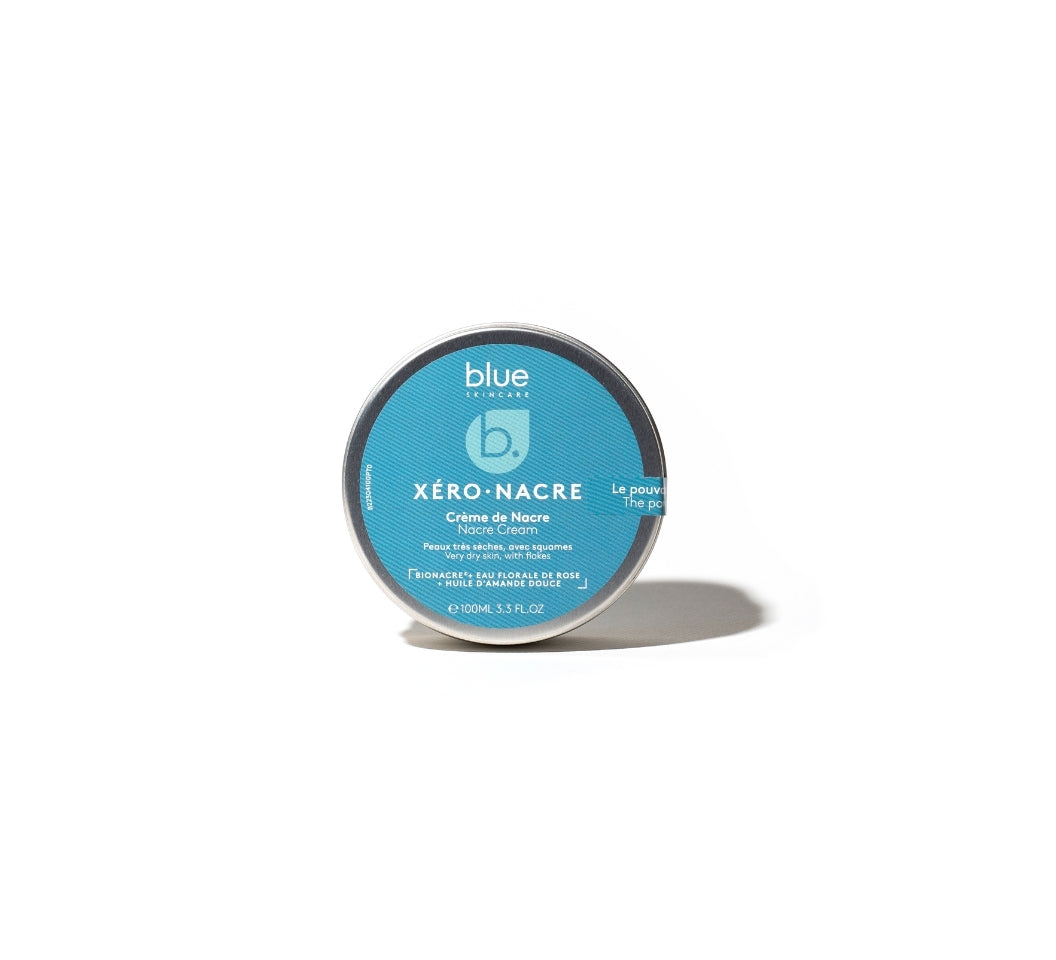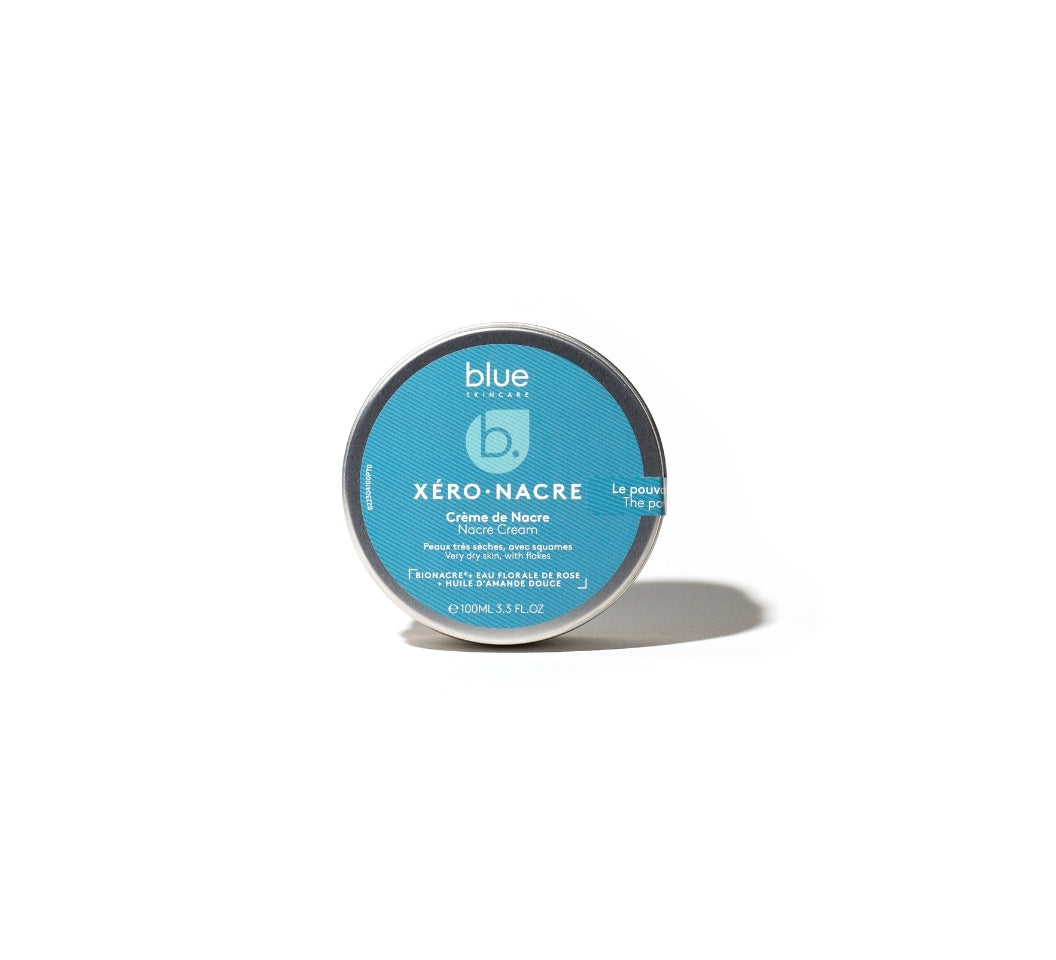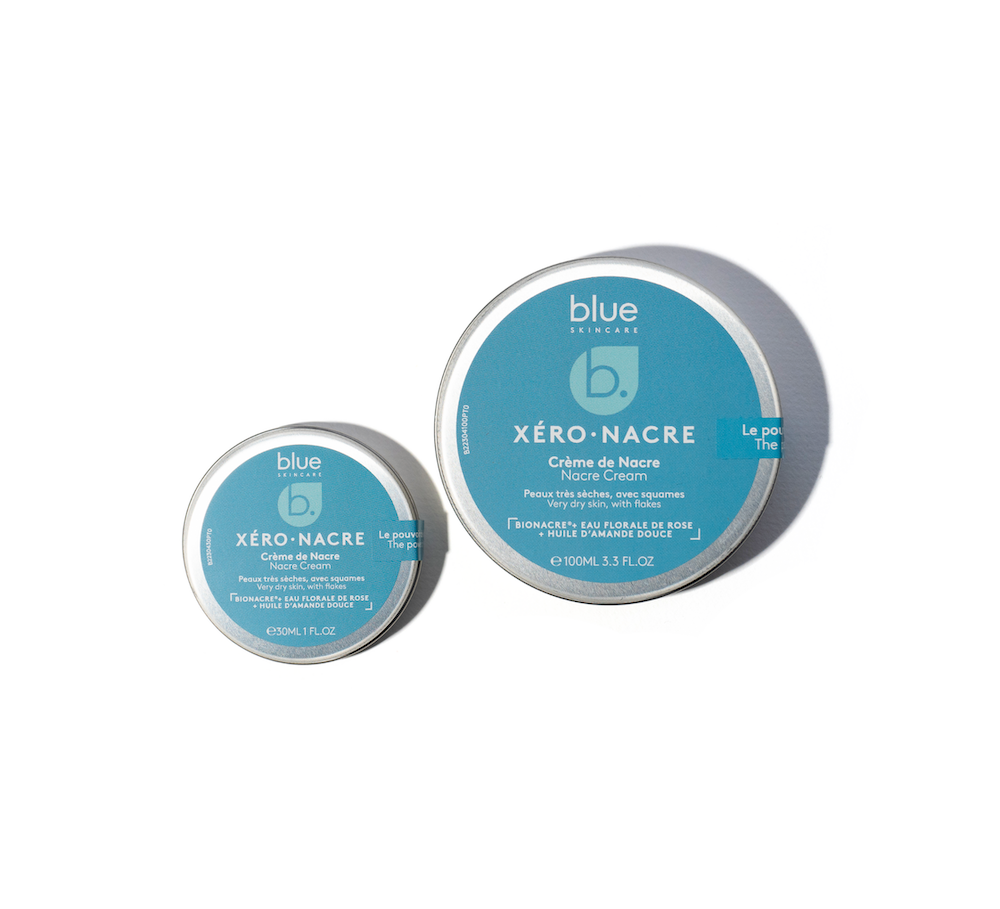Oil, coal, gas… we don’t think of these raw materials when we think of fashion. And even less so since fashion has been adorning itself with “clean” assets to convince us that it has changed. And yet…
How many brands now talk to us about their (good) ecological conscience? These are houses that oppose fast fashion, claim eco-design and circularity with organic raw materials, produced without exhausting the soil and workers, or recycled or upcycled materials (lyocell, recycled cotton, linen , recycled polyester), and plastic-free packaging .
Fashion gives itself a clear conscience

The 200 brands united in the Fashion Pact, born in August 2019 in the G7, want a zero carbon impact by 2050. But for now, in terms of energy, the goal is to use 50% renewable energy by 2025, and 100% by 2030, for their own operations. These brands also want to encourage their supply chain partners to do the same. For now, these brands are creating eco-designed boutiques, with noble materials, low-energy LED lighting and a zero carbon impact. They are doing the same in their offices. And we welcome all these improvements, but they may seem like a pretty facade in front of a reality that is still far from being totally virtuous. Because the majority of polluting emissions due to the textile industry are not located there.
Fashion, a major emitter of greenhouse gases
According to ADEME, the fashion industry emits 1.2 billion tons of greenhouse gases each year, or about 2% of global emissions. Other sources even put forward figures of 4 to 8% of the planet's greenhouse gas emissions. A figure that could rise to 26% by 2050, if current consumption growth trends do not change. These emissions are largely linked to livestock farming (cows, sheep), for the production of raw materials (wool, leather ) but also to the transport of textiles and raw materials that travel thousands of kilometers before becoming finished products.
The rise of polyester, linked to oil

As revealed in a report by the Changing Markets Foundation published in February 2021, entitled Fossil Fashion : The Hidden Reliance of Fashion on Fossil Fuels, the use of synthetic fibers has doubled over the past twenty years in the fashion industry. The largest is polyester: 45 million tons produced in 2020 (compared to 24.2 million tons of cotton produced that same year, source: International Cotton Advisory Committee). That's almost double! However, 70% of the synthetic fibers produced in the world come from oil. Since it takes 1.5 kg of oil to make 1 kg of polyester, the calculation is quick: nearly 70 million barrels of oil are needed each year to manufacture polyester fibers by the textile industry. Therefore, the fashion industry alone consumes 1.35% of global oil production for the production of synthetic fibers . Will the recent surge in oil prices dissuade fast fashion groups from using polyester, which would then become less profitable? Time will tell.
Production strongly linked to electricity from fossil fuels
Beyond petroleum-derived polyester, it is mainly the manufacturing of textiles and clothing that consumes a lot of energy. As the Loom brand points out in an article on its blog entitled " Coal in Cotton ", it is the machines that transform the raw material (cotton, linen, wool, polyester) into clothing that are big consumers of electricity. The article cites machines that spin fibers into reels, carding machines, huge looms, knitting machines, dyeing vats and even machines that send water vapor onto textiles to prevent them from shrinking when used by the consumer. So many huge machines that require a lot of energy, often run 24 hours a day, and are located in the production countries, therefore in Asia, where electricity is produced almost exclusively by coal or gas power plants, therefore fossil fuels that emit greenhouse gases.
This same article gives the distribution of emissions from a garment throughout its life cycle (excluding use and end of life), by cross-referencing Quantis and McKinsey studies:
- Machines: 69%
- Raw materials: 26.4%
- Stores: 2.5%
- Transport: 2.1%
We can therefore better understand why the fashion industry is a big consumer of fossil fuels, and that transportation is not the main problem. Whether the raw material is natural, artificial, synthetic or recycled, the vast majority of clothes that we can buy are made with electricity from coal and gas.
Electricity production via coal, gas and oil plants represents approximately 65% of the total electricity generated. It is the leading cause of greenhouse gas emissions in the world. Without strong action at this level of production, all the good actions of fashion brands to reduce their impact seem like a drop in the ocean.
A difficult transition
In its first report, the Fashion Pact writes: “We also promise to incentivize the implementation of renewable energy production methods in all high-impact manufacturing processes along the supply chain, generally grouped under Scope 3 (…) But, historically, it has always been a challenge, even for the largest players (in fashion), to make progress at the level of Scope 3, where they lack sufficient influence and purchasing power to shift energy production systems to renewable energy in producing countries.” Note: Scope 3 is the broadest scope for calculating greenhouse gas emissions linked to production.
Yet companies that produce huge quantities of clothing in Asian countries, which are still largely dependent on fossil fuels, have the power to impose or at least encourage change.
The RE100 group

RE100, which stands for "Renewable Energy 100 Percent", is an initiative of the Climate Group to bring together the most influential international companies committed to 100% renewable energy. More than 300 fashion companies have already joined this initiative, including Burberry, Chanel, Decathlon, H&M, Kering, Nike in the textile and fashion sector. In addition to applying this standard for their own factories and facilities (offices, stores), this group, which also includes large industrialists (automotive, food, biotech, cosmetics, etc.), is trying to put pressure on the countries where their items are produced to change their energy production policies and develop renewable energies.
The example of Nike

The sportswear manufacturer has launched a program to install photovoltaic panels on the roofs of its premises. The equipment manufacturer has already equipped its American offices and factories with them, including its factory in Oregon. Its facilities in the United States and Canada have been using 100% renewable energy since 2020. The group now aims to influence its service providers, and the governments of the countries where they are located, to do the same. An initial phase was initiated in Vietnam with two programs. In 2018, four factories located in Brazil, Turkey and India had signed up to supply themselves with electricity from renewable sources. And 30% of the electricity consumed by its logistics center in Taicang, China, comes from solar panels.
In Vietnam, brands are putting pressure on
Vietnam is the third largest textile exporter. At the end of 2020, a consortium of 29 brands, including Nike, H&M, Mulberry, Tommy Hilfiger, Calvin Klein and the American retailer Target, sent a letter to the Vietnamese Prime Minister asking him to authorize direct power purchase agreements (DPPAs) between private sellers and buyers of renewable energy. Indeed, in this communist regime, the state still has a monopoly on electricity distribution, except for a few small-scale solar panel programs. However, Vietnam is already – along with Thailand – one of the few Asian countries committed to an energy transition. According to Electricity Planning VIII, over the period 2026-2030, Vietnam will not install any new coal-fired thermal power plants. Some are even expected to close. In addition, solar and wind power are expected to account for 28% of national production by 2030, and 41% in 2045. This letter hopes to put pressure on people to accelerate the movement. Another, with the same request, was sent shortly before to the Cambodian government.
How to limit the use of fossil fuels?
Self-production of solar electricity by factories
Following Nike's example in Vietnam and China, groups could encourage, force or financially help their partners (spinners, weavers, dyers, etc.) to invest in solar panels to self-produce electricity and reduce dependence on national production based on coal and gas.
Building more efficient machines that use less energy.
There are promising avenues , particularly for dyeing machines. But for the others, we are not there yet. Furthermore, who says that a more profitable machine would not lead to even greater overproduction? Finally, this would represent enormous costs and investments for the textile industry, which could not change its entire fleet of machines at once.
Practice energy relocation
Choosing production partner countries taking into account the energy mix or gradually relocating production to countries where electricity is less carbon intensive: France, Portugal, Eastern Europe. But this again requires restructuring and additional costs, not to mention the creation of infrastructure that sometimes no longer exists. Many brands are working on this, and the industrial autonomy that Europe has been moving towards since the pandemic crisis is moving in this direction.
Another positive argument: the cost of renewable energy has fallen considerably.
In recent years, on the contrary, we have seen a sustained surge in oil and gas prices over the past year, so much so that they can now compete with fossil fuels.
It is true that the fashion industry – like all manufacturing industries – is still very largely dependent on fossil fuels, which make up the bulk of energy production in the world (65%), and even more so in countries where subcontractors and factories are located. But fashion will not be able to engage in its energy transition, and therefore its carbon reduction, without an alliance with other large industries, which is tending to emerge through projects such as RE100.































